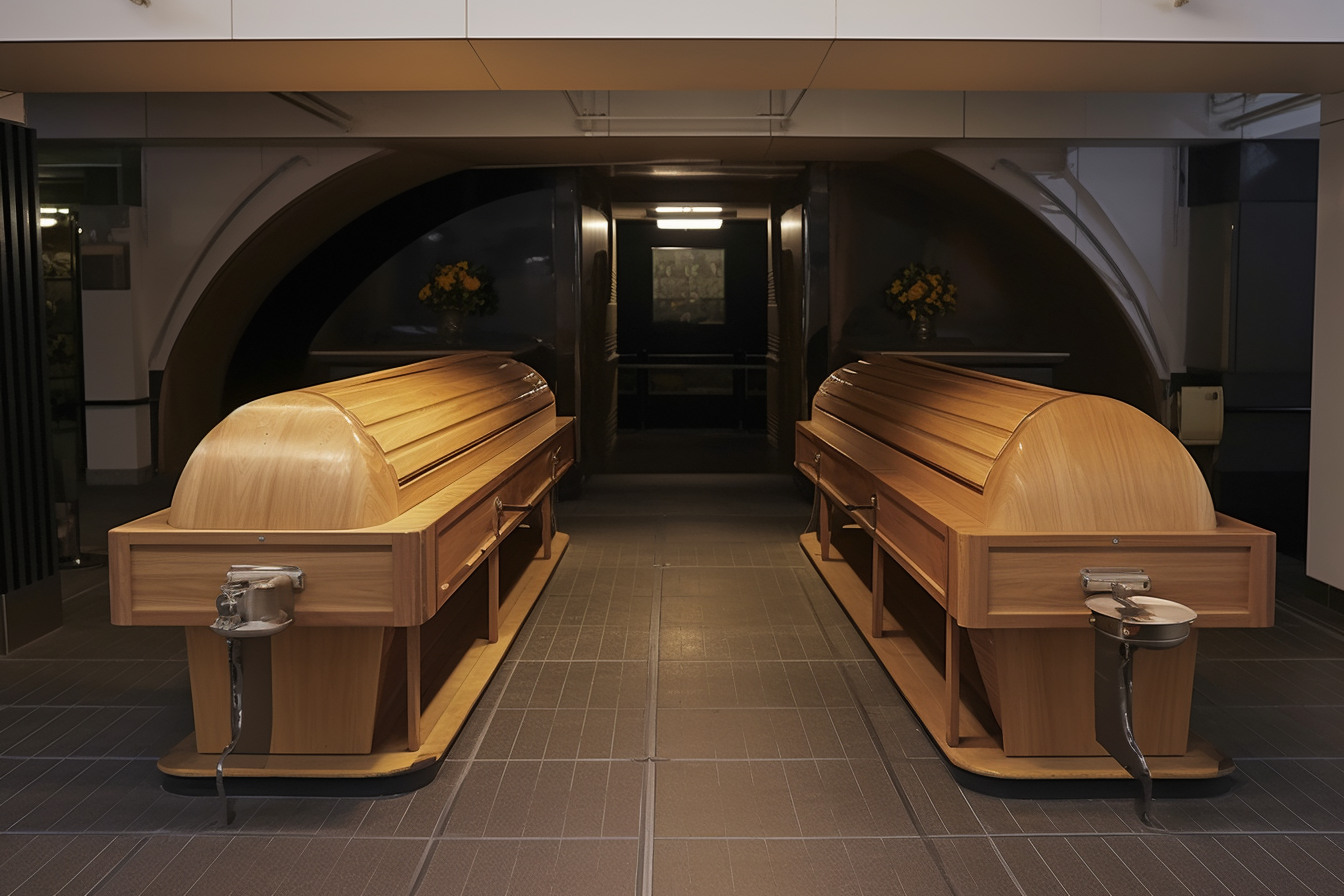How Cremation Works: Full Process Explained Step-by-Step
Cremation is a respected method of final disposition that reduces human remains to bone fragments through controlled heat application. This process has become increasingly common, with many families choosing cremation for its simplicity, environmental considerations, and flexibility in memorial planning. Understanding the complete cremation journey helps families make informed decisions during a sensitive time.

What is the Cremation Process Step by Step?
The cremation process begins with proper identification and documentation of the deceased. The funeral home or crematory first obtains necessary permits and authorization from the next of kin. Personal items are removed, and medical devices containing batteries or radioactive materials must be extracted. The body is then placed in a cremation container or casket made of combustible materials, typically wood or cardboard, which enters the cremation chamber.
What Happens During Cremation Itself?
Inside the cremation chamber, also called a retort, temperatures reach between 1,400 to 1,800 degrees Fahrenheit. The intense heat reduces the body and container to bone fragments over approximately 2-3 hours. During this process, a trained operator monitors the cremation carefully. Once complete, the remaining bone fragments are cooled and processed into a fine, sand-like consistency that families receive as “ashes.”
How Long Does the Cremation Timeline Take?
The entire cremation process, from initial documentation to returning the remains to the family, typically takes 3-7 days. The actual cremation itself requires 2-3 hours, while the cooling period needs several hours. Processing the remains takes another 1-2 hours. Additional time factors include obtaining permits, scheduling, and transportation. Some facilities offer expedited services when necessary.
What Should Families Know When Preparing for Cremation Services?
Families should understand their rights and options before proceeding with cremation. Important considerations include selecting an appropriate urn, deciding on witnessing options, and planning memorial services. Many crematories allow families to view the cremation chamber before the process begins. Families must also provide accurate information for death certificates and sign all necessary authorization forms.
Understanding Cremation vs Burial: Key Differences
Cremation and burial differ in several key aspects. While burial requires a plot, vault, and casket, cremation needs only a temporary container and urn. Cremation offers more flexibility for memorial timing and location. Environmental impact varies: burial uses more land resources, while cremation produces emissions but requires less space. Cost typically differs significantly between these options.
| Service Type | Average Cost Range | Included Services |
|---|---|---|
| Direct Cremation | $800 - $2,500 | Basic services, cremation container, temporary urn |
| Traditional Cremation | $2,500 - $4,500 | Viewing, ceremony, cremation, basic urn |
| Burial Services | $7,000 - $12,000 | Casket, vault, plot, ceremony |
Prices, rates, or cost estimates mentioned in this article are based on the latest available information but may change over time. Independent research is advised before making financial decisions.
The decision between cremation and burial remains deeply personal, influenced by cultural, religious, and practical considerations. Understanding the complete cremation process helps families make choices aligned with their values and circumstances while honoring their loved one’s memory.




